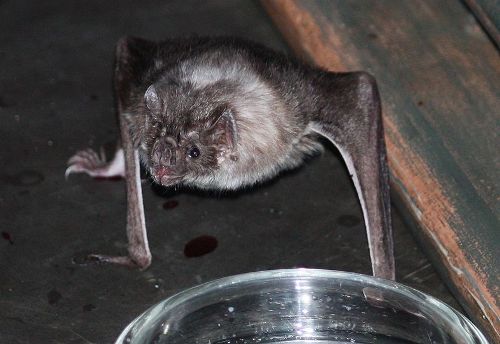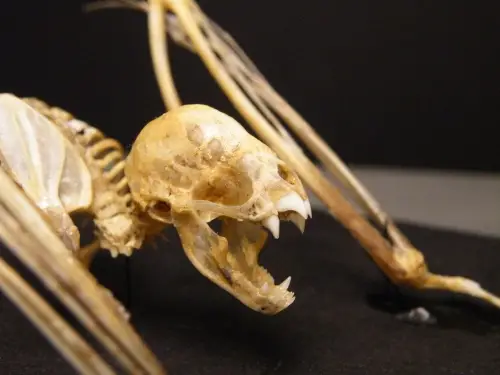10 Interesting Vampire Bat Facts
Vampire Bat Facts present the information about the kind of bat, which consumes blood as the primary diet. There are three species of bats, which consume solely on blood. They are the white winged vampire bat, the hairy-legged vampire bat and common vampire bat. The former one has the scientific name of Diaemus youngi. The second and third ones are called Diphylla ecaudata and Desmodus rotundus. Check other interesting facts about vampire bat below:
Vampire Bat Facts 1: the native species of vampire bats
It is believed that the three species of vampire bats are originated from Argentina, Uruguay, Brazil, Mexico and Chile.
Vampire Bat Facts 2: the taxonomy
Talking about the taxonomy of vampire bats, the three species are included in different genus, which consists of one species as the sole member.
Vampire Bat Facts 3: the ancestor
It is believed that three species of bats are from the similar ancestors due to the similar resemblance of the species. The feeding on blood habit probably evolved once. It is called the sanguiovorous habit.
Vampire Bat Facts 4: the difference of vampire bats and fruit bats
The fruits bats and vampire bats are different for the latter one has the conical and short muzzles. Moreover, the nose top of the vampire bat featured the U-shaped grooves and naked pads. Get facts about Tasmanian Devil here.
Vampire Bat Facts 5: the nose of common vampire bat
The nose of common vampire bats features the thermoreceptors, which enable the bats to detect the nearest location of blood flows on the prey’s skin.
Vampire Bat Facts 6: the teeth of vampire bats
The smaller back teeth are spotted on the vampire bat. The animal uses the front teeth for cutting. Look at facts about tadpole here.
Vampire Bat Facts 7: inferior colliculu
The vampire bat has the ability to detect the regular breathing sound of the sleeping animals through its brain, which has inferior colliculu to process the sound. The sleeping animals are their potential food source for the vampire bats.
Vampire Bat Facts 8: the maneuverability
The maneuverability of vampire bats is very impressive. Vampire bats are capable for running, jumping and walking. Their wings are very powerful.
Vampire Bat Facts 9: the life style
Vampire bats can be found living in the dark places such as the abandoned buildings, old wells, caves and hollow trees. They live in colonies.
Vampire Bat Facts 10: sharing food
The behavior of sharing food is considered as a unique adaptation of vampire bats.
Are you interested reading facts about vampire bats?







